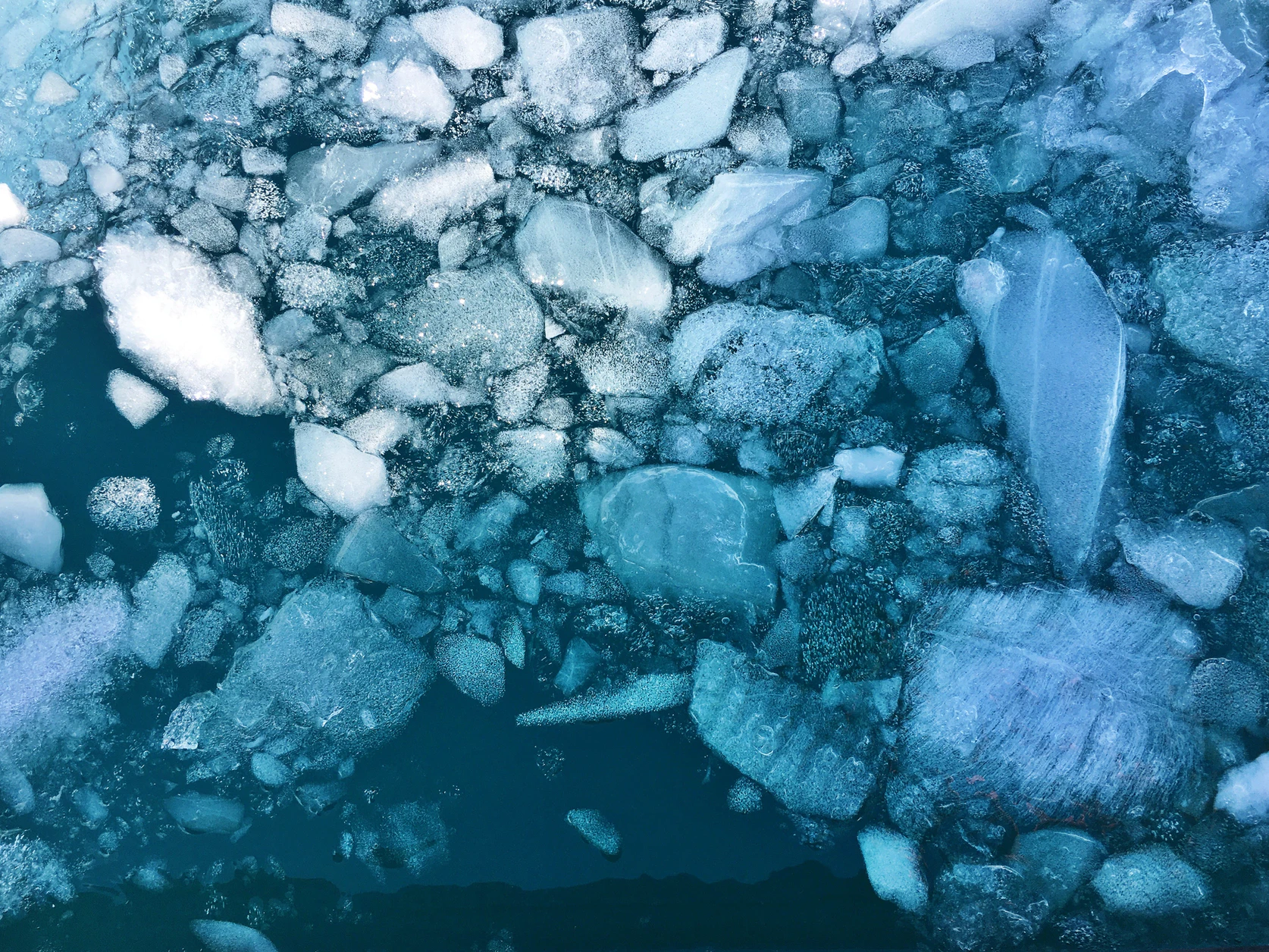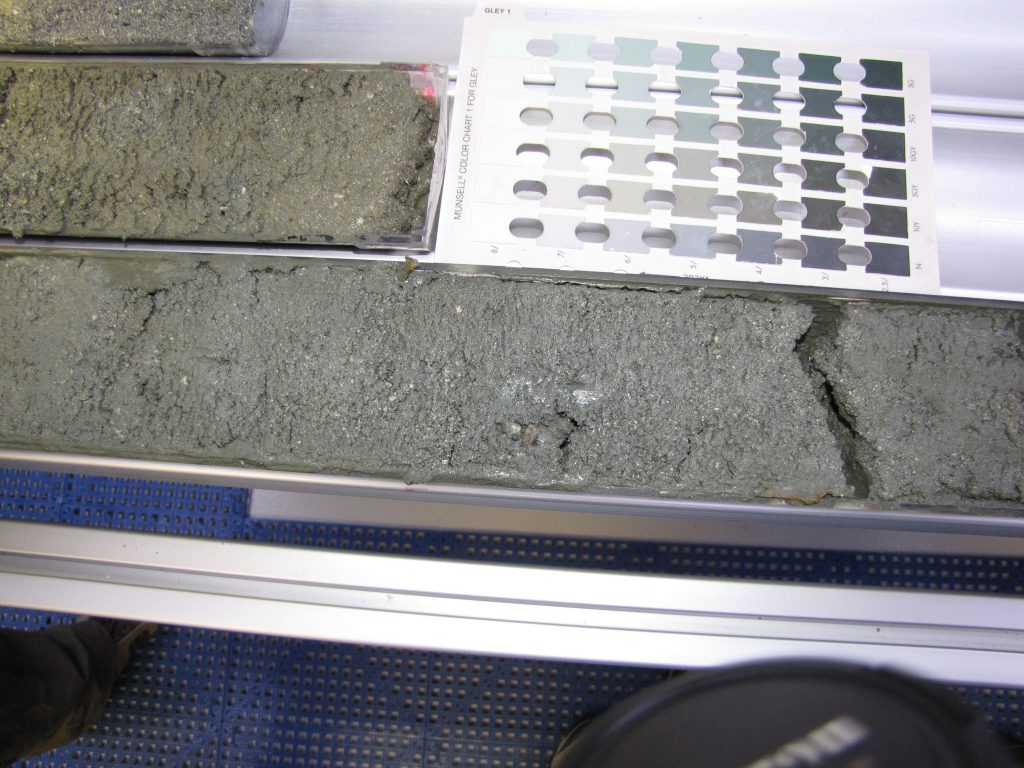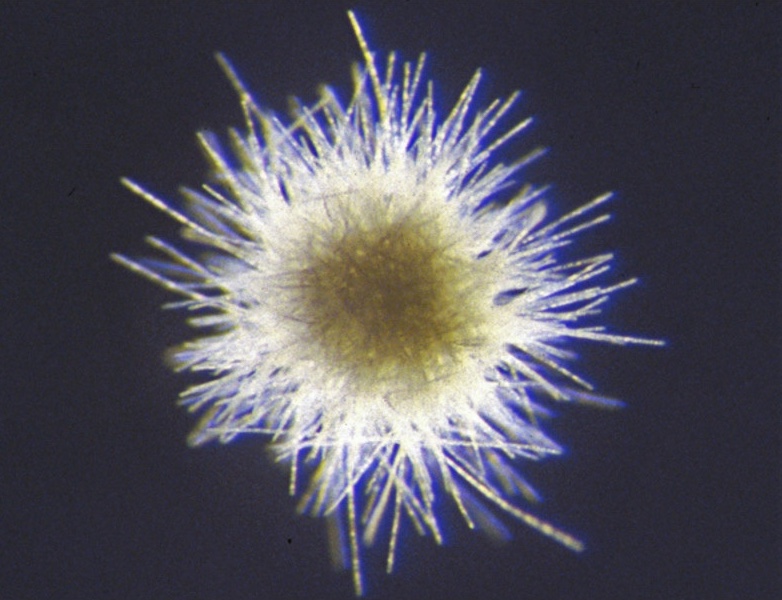Citation: Lin, Y., Moreno, C., Marchetti, A., Ducklow, H., Schofield, O., Delage, E., Meredith, M., Li, Z., Eveillard, D., Chaffron, S., & Cassar, N. (2021). Decline in plankton diversity and carbon flux with reduced sea ice extent along the Western Antarctic Peninsula. Nature Communications, 12(4948). https://doi.org/10.1038/s41467-021-25235-w

In the last 70 years, climate change has had an unusually large impact on the western Antarctic Peninsula. Air temperatures there have increased by 7ºC, and more sea ice has been lost there than in any other region of the Antarctic continent. This warming has very obvious effects on the macroscopic organisms that dominate the film reels of nature documentaries. However, it also affects the microscopic organisms that shape the very chemistry of our planet.
Phytoplankton, for example, are not just an important food source for animals farther up the food chain. They also help suck carbon out of the atmosphere, and transport it around the ocean. Much like trees do on land, phytoplankton perform photosynthesis – breathing in carbon dioxide and storing it in their tissues. When the phytoplankton die, some of that carbon sinks to the bottom of the ocean, where it remains for thousands of years. This is process is known as carbon export, and it’s an incredibly important mechanism for carbon removal from the atmosphere.
If the western Antarctic Peninsula is warming, how will the changes affect phytoplankton and their potential for carbon export? A team of scientists based at Duke University tried to find out.
An Antarctic Plankton Time-Series
The research team traveled to the western Antarctic Peninsula (WAP) every January for 5 years – between 2012 and 2016 – to sample seawater. January is the middle of summer in the Southern Hemisphere, and sea ice there is usually at its least extent. Antarctic summer represents a short, but highly productive growing season, during which a lot of photosynthesis happens.
The research team collected seawater from several ocean stations near the WAP, and they analyzed the seawater chemistry in each sample (specifically the salinity, oxygen concentration, and light levels). The team also filtered the seawater samples to collect phytoplankton, which they extracted and sequenced DNA from. Each phytoplankton species has a unique DNA sequence of As, Ts, Cs, and Gs, and by examining the DNA sequences, the researchers were able to determine which species were present in the seawater.

By analyzing the same data across multiple summers, the team concluded that the less sea ice present in the water, the less diverse the phytoplankton community. Water temperature and ice concentration were the two variables with the largest effect on community composition. Furthermore, the team found that less carbon was being stored and exported by the less diverse communities in warmer years.
Implications
This research project was the longest-ever time series of planktonic DNA in the Antarctic, and it revealed the inextricable link between sea ice cover, plankton diversity, and carbon sequestration. The research team hypothesized that sea ice is a potentially important delivery system for iron, which phytoplankton need for growth. Therefore, less sea ice may mean that some important phytoplankton species can’t survive. The team also suggested that ice melt may help stratify seawater layers by temperature, which allows more of the carbon bound up in dead phytoplankton to sink all the way to the ocean floor, rather than be re-converted to carbon dioxide.
Heading into the United Nations Climate Change Conference (COP26) in Glasgow, this study adds to the mountain of scientific evidence documenting the consequences of climate change. What will we do about it?

I’m a PhD candidate in Earth System Science at Stanford University, and I study how microbes in deep ocean sediments produce and consume greenhouse gases. I’m a native of the landlocked state of Minnesota, so I’ve always been fascinated by the ocean. When I’m not in the lab, I love to race triathlons, forward “The Onion” articles to friends and family, and hike with my hound dog Banjo.



